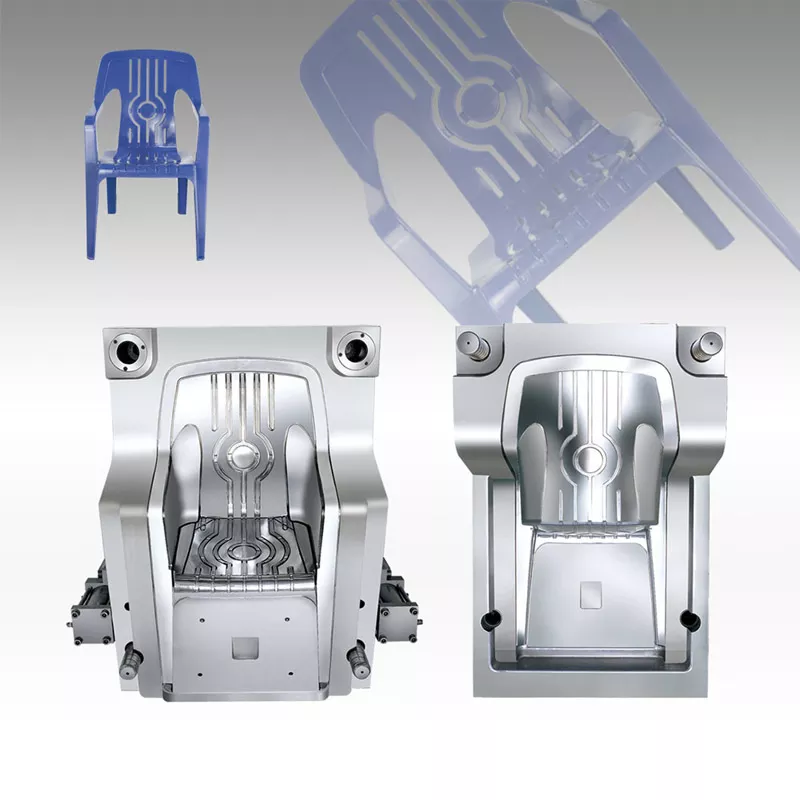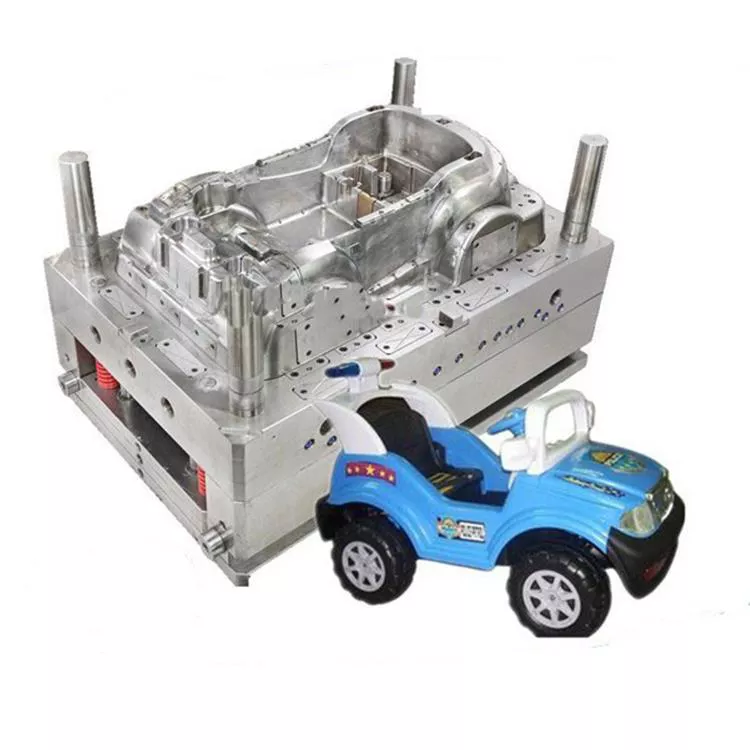Injection Mold Gate Design
- 2021-08-13
Essentials of a well-designed injection mold gate
A properly Injection Mold Gate Design will deliver a rapid, uniform, and preferably uni-directional mold filling pattern with a proper gate freeze-off time. Below are some tips for Injection Mold Gate Design
Gate location
The gate location should be at the thickest area of the part, preferably at a spot where the function and appearance of the part are not impaired. This leads the material to flow from the thickest areas to thinner areas to the thinnest areas and helps maintain the flow and packing paths. Gate location should be central so that flow lengths are equal to each extremity of the part. Numerical simulation of the molding process is an effective tool that can be used to compare the effects of various gate designs.
Avoiding common problems
Improperly positioned gates often case the following problems; keep them in mind when designing the gate system.
Gate symmetrically to avoid warpage
Symmetrical parts should be gated symmetrically, to maintain that symmetry. Asymmetric flow paths will allow some areas to be filled, packed, and frozen before other areas are filled. This will result in differential shrinkage and probable warpage of the parts.
Vent properly to prevent air traps
The gate location should allow the air present in the cavity to escape during injection to prevent air traps. Failure to vent the air will result in a short shot, a burn mark on the molding, or high filling and packing pressure near the gates.
Enlarge the gate to avoid jetting
Gate location and size should prevent molding jetting issue, the string appearance or spaghetti-size strands of melt in short shots. Jetting can be prevented by enlarging the gate or by locating the gate in such a way that the flow is directed against a cavity wall.
Position weld and meld lines carefully
The gate location should cause weld and meld lines, if any, to form at appropriate positions that are not objectionable to the function or appearance of the part.
Gate length
Gate length should be as short as possible to reduce an excessive pressure drop across the gate. A suitable gate length ranges from 1 to 1.5 mm (0.04 to 0.06 inches).
Gate size
Gates should always be small at the beginning of the design process so they can be enlarged, if necessary. Reducing the gate size is not as easy as enlarging it.
Gate thickness
The gate thickness is normally 50 to 80 per cent of the gated wall section thickness. For manually trimmed gates, the gate thickness can occasionally be the same as the gated wall section thickness. For automatically trimmed gates, the gate thickness is typically less than 80 per cent of the gated wall section thickness, to avoid part distortion during gate breaking. Typical diameters at the gate end for pin and submarine gates range from 0.25 to 2.0 mm (0.01 to 0.08 inches).
Freeze-off time
The freeze-off time at the gate is the maximum effective cavity packing time. However, if the gate is too large, freeze off might be in the part, rather than in the gate, or if the gate freezes after the packing pressure are released, the flow could reverse from the part, back into the runner system. A well-designed gate freeze-off time will also prevent backflow of the injected material.
Fiber-filled materials
Fiber-filled materials require larger gates to minimize breakage of the fibers when they pass through the gate. Using small gates such as submarine, tunnel, or pin gates can damage the fillers in filled materials. Gates that deliver a uniform filling pattern (such as an edge gate) and thus, a uniform fiber orientation distribution are preferable to point-type gates.
-
TAG:








Send Your Inquiry Now